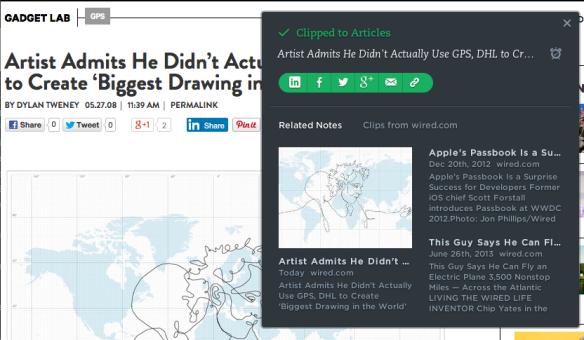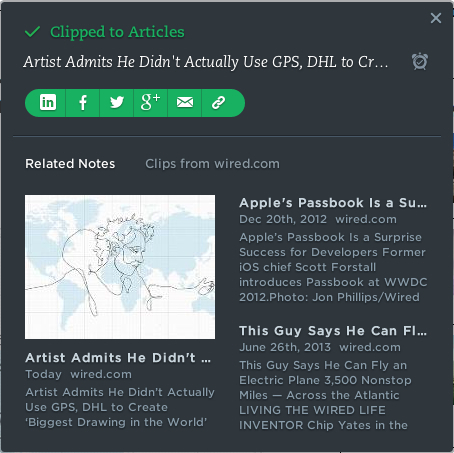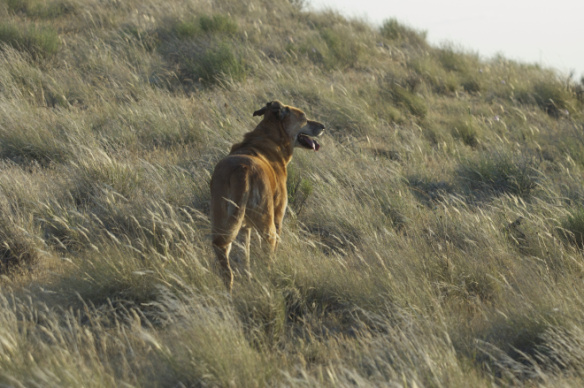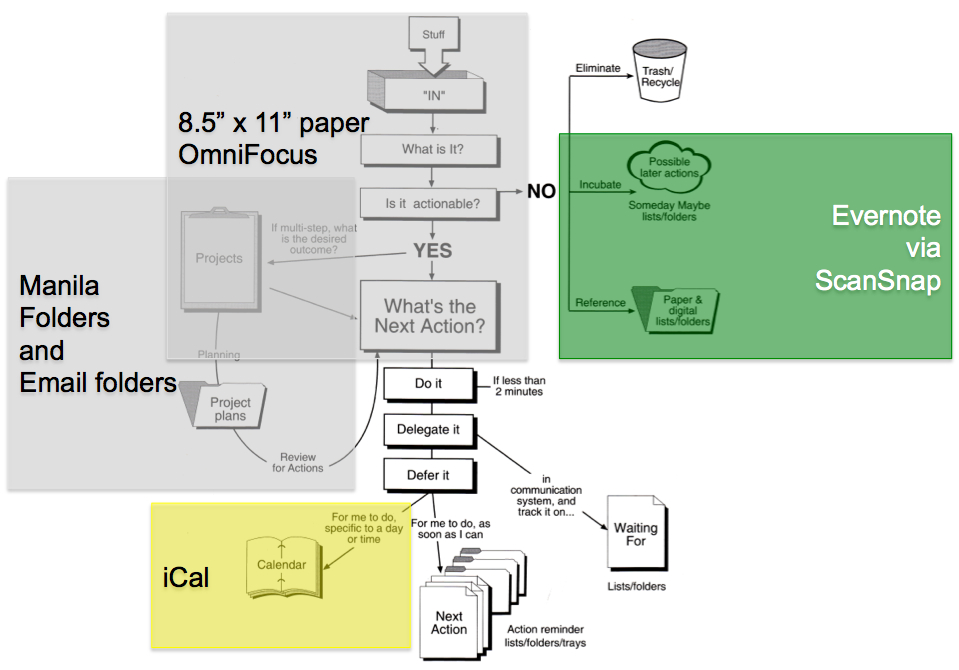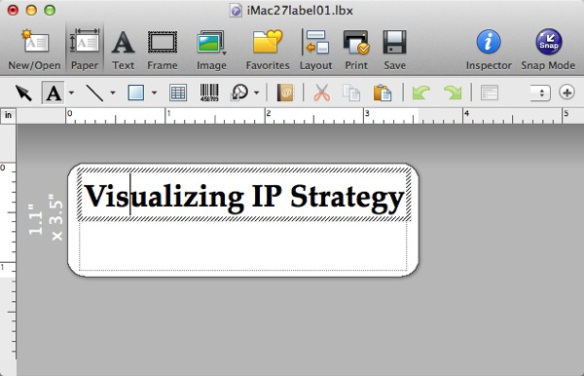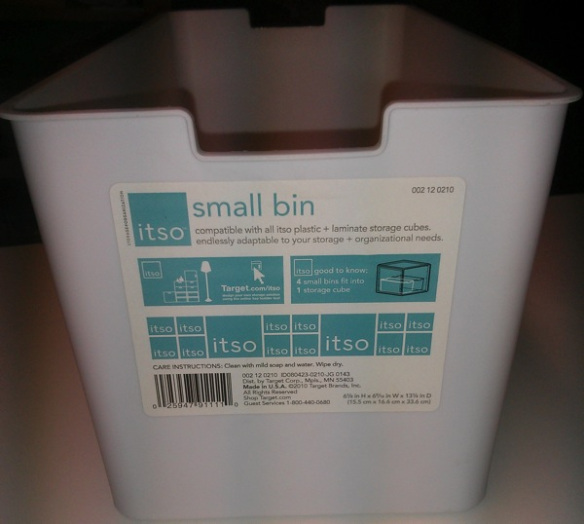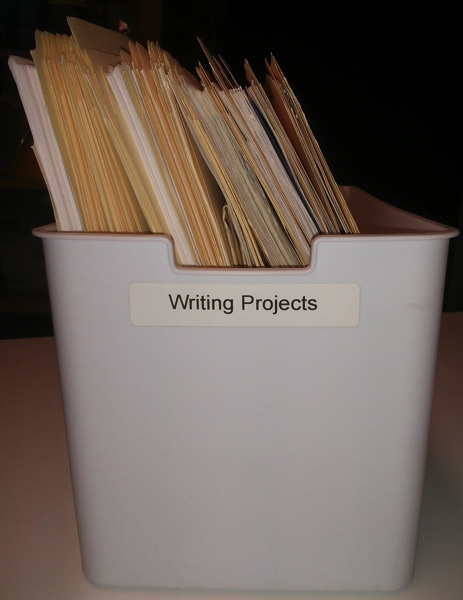Source: HitchFit.com
Introduction
When I was getting started with Getting Things Done (see GTD Notable PDF), I had two buddies. First, an experienced GTD buddy Ian Watson, and another novice buddy, Mark VanderSys whom I mentioned in yesterday’s Getting Started with Getting Things Done post as well as in earlier RestartGTD posts here and here.
GTD Experienced Buddy Lessons Learned
- I want your word that you will read the book … I won’t get off your chest until you promise. This was the GTD start for me. “Yes, I give you my word :-(” … hey, they have GETING THINGS DONE on Audible!
- Project file folders need to be kept separate from reference file folders.
- “Go to David Allen’s seminar. Do not bitch at me about the cost. No, never mind, I’ll pay the cost for you!”
- Check ins with an experienced GTDer help A LOT.
GTD Novice Lessons Learned
- I’m not the only one who gets overwhelmed.
- When I get overwhelmed, the best thing to do is to go back to chapters 1 through 3 of GTD, and review.
- We CAN do this!
- When writing down a next action, nothing less than a complete sentence. Cryptic next actions on cards take time to remember. And, can cause your subconscious to loose trust in your system.
- When creating project names, make them short, memorable, and funny. Short, memorable, funny project names are easier to remember.
How a GTD buddy helps
GTD buddies help you by:
- Giving tips that build early GTD implementation momentum.
- Checking in, which forces you to reflect and realize that GTD is working, even though new GTD users obsess exclusively about how GTD seems not to be working
- Encouraging you to keep on. A month or so into my GTD implementation Ian Watson (Experienced GTD buddy) said “Wow. Having a meeting with you, is like … having a meeting with me!” HUGE!
How to find GTD buddies
- Novice GTD buddies are found by reading chapters 1-3 of GTD, then evangelizing the idea of GTD to your friends. See who takes up the challenge, and wants to talk to you about it.
- *Note* do not be discouraged if your spouse is not your GTD buddy. Spouses are too close to be good GTD buddies. And often, spouses read GTD and being the more organized member of your union, say “But, … I already do all of this!” Not building on your momentum.
- Experienced GTD buddies have probably, already found you. In my rich fantasy life, I like to think that this blog is an experienced GTD buddy finding people. But, … not. RestartGTD readers have already been found, evangelized, and have taken a shot at implementing GTD before they find this blog.
- If you don’t have an Experienced GTD buddy, try Appendix B: Talk to an experience GTD Buddy below to send questions to me. I hereby volunteer (for now) to being an experienced GTD buddy to RestartGTD readers.
- [9 hours later 0 takers, c’mon!]
How to use GTD buddies
- Find the recipe …
that you want to use to take a(nother) crack at getting on the GTD band wagon. Pick a “getting started” recipe from the book (and/or David Allen has a new introduction to GTD focusing on fundamentals
), RestartGTD’s blog post recipe, or other any other recipe. - Tell them …
That you are trying to implement GTD again. Send them an email. Point them to your recipe. Ask them for their recipe. I benefitted enormously from Ian Watson’s being at my elbow, eager to answer questions. - Ask them to help …
specifically, if you can once a week, for one month, talk to them about their use of GTD, and get them to review your use. After a month, check in occasionally on a timed basis (8 weeks) or whenever one buddy feels overwhelmed. Read Appendix A: Using Skype to implement your GTD buddy system below. And then do your weekly show and tell, sharing screens. Just for a month. - Follow up …
when a week passes and it is time to check in with your GTD buddy. Just Do It! This may be mentally tough, the universe (you may have noticed) resists us becoming organized.
Try GTD Before you Give UP
If I can implement GTD, … anyone can implement GTD. I was the worst organizational sinner on Earth. Here, … see if you can guess which desk is before GTD, and which is after GTD.
If you want to see more, then check out my before GTD after GTD post. And, my post on how procrastination and guilt go down over time with GTD.
bill meade
Appendix A: Using Skype to implement your GTD buddy system
Using Skype to share screens is easy!
1. Get your Skype session going. If you need to set up Skype, click here for a YouTube tutorial.
2. Click on the plus thought bubble at the bottom of the screen
3. Click share screen in the pop up:
4. One buddy goes first, showing how s/he has implemented GTD. Questions go back and forth.
5. Then whoever went first, clicks the + thought bubble, stops screen sharing, and it is the turn of the other buddy to give a walk through of their system. Questions go back and forth.
6. MOST IMPORTANT after you sign off, each buddy writes four “lessons learned” bullet points, and emails them to the other buddy.

